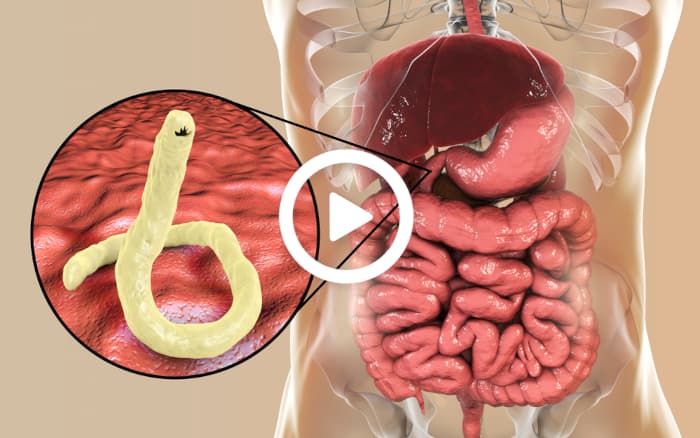The Country with the Highest Blood Sugar & Insulin Resistance in the World is… (not America)
Despite common assumptions, the United States does not hold the unfortunate title of the country with the highest levels of impaired glucose tolerance.
While the U.S. does struggle significantly with high blood sugar issues alongside obesity and metabolic disorders, some parts of China, Mexico, Germany, and notably Switzerland, have a worse glucose tolerance rate. At the same time, remarkable trends are observed in places like Russia which saw a 41% reduction in impaired glucose tolerance or type 2 diabetes between 2011 and 2021, contrasting sharply with a 26% increase in the United States during the same period.
Switzerland presents an interesting case with some of the highest life spans globally, varying significantly depending on the region.
Life expectancy is higher in areas adjacent to France and Italy compared to those bordering Germany. The German regions, noted for alcohol consumption and high intake of carbohydrates and saturated fats, show poor glucose tolerance. When carbohydrates combine with saturated fats under high-calorie settings, it negatively impacts metabolism and increases visceral fat and fatty liver.
Mexico’s high diabetes prevalence may relate partially to low healthcare investment compared to more developed nations like Germany and Switzerland. Remarkably, although Russia is known for its cold climate and high levels of physical activity, socio-demographic factors play into the observed trends, showing that diet and lifestyle choices sometimes outweigh medical intervention effectiveness.
- Go for 10-minute walks post-meal to bring down glucose spikes.
- Instead of one intense workout, aim for small, regular physical activities throughout the day.
Adding healthier carbohydrate alternatives such as buckwheat and quinoa over rice might not only curb excess glucose spikes but could also mimic Russia's lower glucose impact staples like ‘Kasha,’ favourably replacing common carb sources.
Using healthy oils like olive oil due to their monounsaturated fats benefits not only supports heart health but also fights insulin resistance, representing a dietary choice parallel to sustenance patterns contributing to Russian low blood sugar trends.
Incorporation of heat in everyday routines, like trying regular saunas or hot baths, can serve as exercise mimetics. The practices can notably enhance metabolic function by utilizing glucose, exemplifying why certain health techniques revered in regions such as Russia and the Mediterranean are drawing more global attention as manageable lifestyle adaptations.
By modifying your everyday routines as suggested, vital health improvements parallel to other cultures' practices can reflect globally companions to progressive health interventions on American soil.
From Around The Web
Wellness Inbox is a blog & weekly newsletter that curates trending news and products related to health and wellness from around the web. We also gather content from various sources, including leading health professionals, and deliver it directly to you.
Please note that we may receive compensation if you purchase any products featured in our newsletter. Wellness Inbox is not affiliated with, nor does it endorse, any health professionals whose content may appear in our newsletter. The information provided is for general informational purposes only and should not be considered medical advice.
The information provided is not intended to replace professional medical advice, diagnosis, or treatment. All content, including text, graphics, images, and information available is for general informational purposes only. We do not guarantee the accuracy or completeness of any information presented and assume no liability for any errors or omissions. The content is subject to change without notice. We encourage you to verify any information with other reliable sources and consult your physician regarding any medical conditions or treatments.






